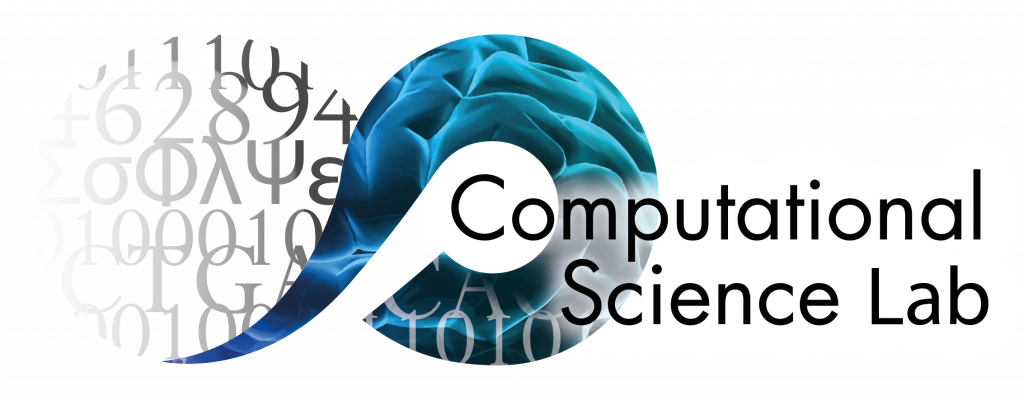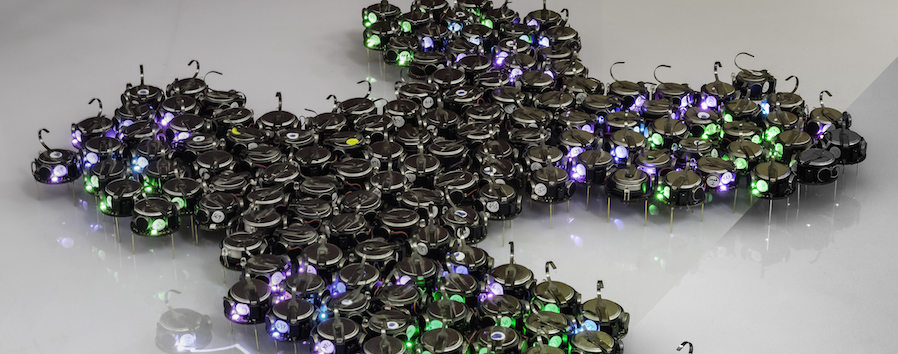In a publication in Science Robotics researchers from the Computational Science Lab, UvA (Fredrik Jansson and Jaap Kaandorp) and researchers from the Centre for Genomic Regulation (CRG), EMBL, ICREA, Barcelona, Spain; the Universitat Pompeu Fabra, Spain and the Univeristy of Bristol (UK) show new results about bio-inspired technics applied in robotics
Morphogenesis allows millions of cells to self-organize into intricate structures with a wide variety of functional shapes during embryonic development. This process emerges from local interactions of cells under the control of gene circuits which are identical in every cell, and is robust to intrinsic noise and adaptable to changing environments. Constructing human technology with these properties presents a significant opportunity in robotics applications ranging from construction to exploration (Slavkov et al., 2018). By combining cell-based modelling techniques and models of gene regulatory networks we can develop a new technology inspired by embryogenesis where agents (the simulated cells) due to movement of the agents and pattern formation (controlled by simulated GRNs) to evolve new structures by self-organization where no central controller is needed and structures emerge through self-organization
Morphogenesis in nature may use two different approaches: hierarchical, top-down control or spontaneously self-organizing dynamics such as reaction-diffusion Turing patterns. In this paper, we provide the first demonstration of purely self-organizing behaviors to create emergent morphologies in large swarms of real robots. The robots achieve this collective organization without any self-localization, and instead rely entirely on local interactions with neighbors. Results show swarms of 300 robots that self-construct organic and adaptable shapes that are robust to damage. This is the first step towards the emergence of functional shape formation in robotic swarms following principles of self-organized morphogenetic engineering.

